The Metro Vancouver regional district has signed its first deal to supply heat from sewage to the large-scale Senakw development and made financial commitments to three municipalities as it is offering up the heat captured in its sewage collection system for both private and public developments.   
ÔÇťThe technology is well-known,ÔÇŁ said Metro VancouverÔÇÖs Jeff Carmichael, manager of the utility research and innovation.
Heat exchangers and heat pumps are commonly used. But, while the technology is used, it is not widespread in the use of extracting heat from sewage systems in North America. 
Carmichael believes Metro Vancouver is the first regional district in North America to offer its heat from its sewage system on a regional basis.
The technology has been proven out with the False Creek Vancouver Neighbourhood Energy Unit (NEU) in 2010 and used to heat part of the Olympic Village. The NEU, developed by the city, was the first in North America.
Metro Vancouver is also deploying the technology at the Lulu Island Wastewater Treatment plant where it started building a heat capture system for plant use in 2023 with a completion date of 2025. The $10 million plant was partially funded with $2.14 million from the federal government and $1.78 million from the province.
The Senakw development sits on reserve land near the Burrard Street bridge and is being built by the Squamish Nation in partnership with developer Westbank Corp. It will see 6,000 rental units spread across 11 towers of 12 to 58 storeys plus smaller buildings built in four phases.  
The $30 million thermal plant will be built near the complex and utilize heat captured from Metro VancouverÔÇÖs sewage system which collects wastewater from the downtown area. The thermal transfer station will receive wastewater, extract the heat and then return wastewater into the Metro system. The plant is anticipated to be start in 2025.
ÔÇťOur board has also given support to three other systems,ÔÇŁ said Carmichael.
Up to $20 million has been pledged to Richmond for the purchase of technology to utilize heat in a municipal system. In Richmond, a project is being designed to recover heat that can be used by residents and businesses in the Richmond Oval area.
Similar amounts have been committed to New Westminster and Surrey.
Surrey received a $5 million grant under BC HydroÔÇÖs Incentive Fund for Non-Carbon Electrification which is being used for design and construction. The plant is expected to cost $70 million with $32.2 million coming from outside sources. The plant is expected to be built by 2026-27.
The City of New Westminster has been pledged $18 million by Metro Vancouver to help with the technology in establishing a plant to recover heat and use at the Royal Columbian ÔÇőhospital and in the Sapperton district. ┬á
While Metro Vancouver is contributing to the financial construction of municipal initiated systems, private developments such as Senakw will pay the cost of access to the Metro system and carry their own mechanical costs.
Each connection into the Metro Vancouver sewer system will establish its own distribution network in the NEU area and administer it.   
While the City of Vancouver and Metro Vancouver are recognized as North American trail-blazers in using heat from sewage, other systems are now being design or are under construction in North America. 
In ║┌┴¤│ď╣¤═°, Moncton, Charlottetown and Toronto are all trying to tap into the heat created by building wastewater. Construction is underway on what is being billed as the worldÔÇÖs largest raw wastewater energy transfer project at the Toronto West Hospital. NoventaÔÇÖs WETÔäó system will use thermal energy from wastewater flow to supply up to 90 per cent of the campus’ heating and cooling needs.
Metro Vancouver first looked at the concept in 2010 when a contractor was heating a ║┌┴¤│ď╣¤═° Line station with thermal heat captured. ┬á
It wasnÔÇÖt carried through, but Metro Vancouver was interested.
ÔÇťWe started looking at a policy and studying the potential,ÔÇŁ Carmichael said.
An engineering study found the over-all system could heat 700 highrises.
In 2014 policy was formed with two key considerations relating to access and revenues charged. Access has been decided on a first-come, first-serve basis.
Secondly, the city decided not to charge a volume fee since users would have to pay the cost of establishing a heat exchange system and distribution network.  
While the cost of using the sewage to extract heat is currently free, Carmichael said, it is not absolute.
ÔÇťWe are not promising forever,ÔÇŁ he said, adding ÔÇťthis could become a green resource 20 years from now and we may not want to give it away for free.ÔÇŁ
Carmichael said the concept of capturing heat from the regional districtÔÇÖs system works best when the energy districts established are close to the regional districtÔÇÖs pipe.
Heat loss would occur if the tapped sewage had to travel miles of pipe. It is not a green solution for all users but another option for those looking for sustainable solutions can consider, he said.


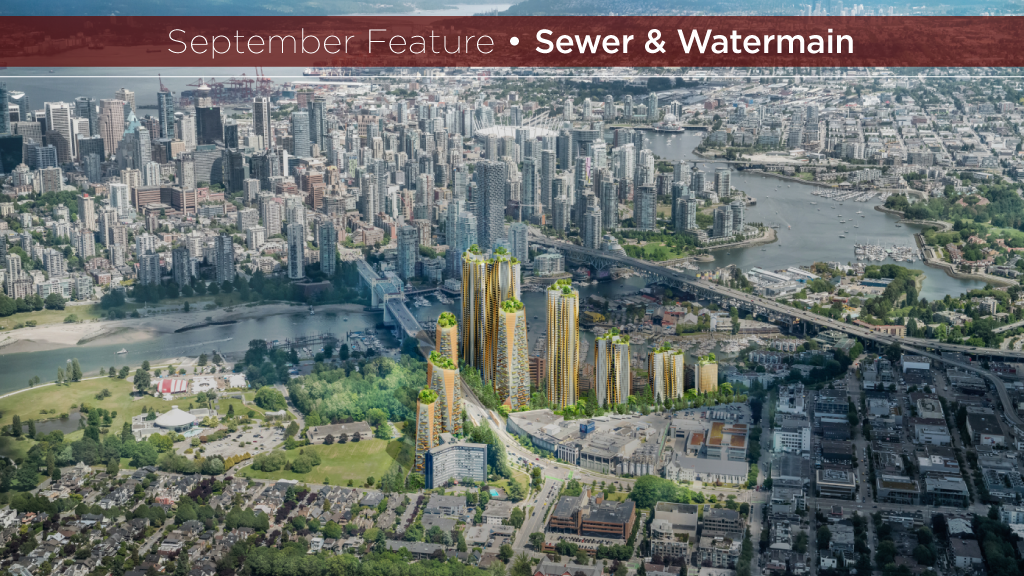
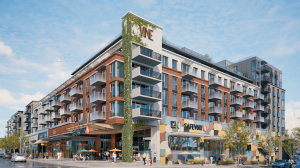

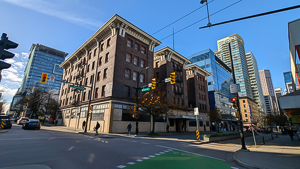
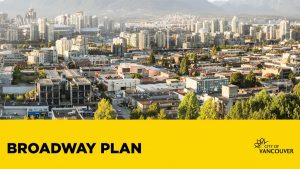
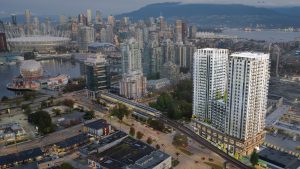


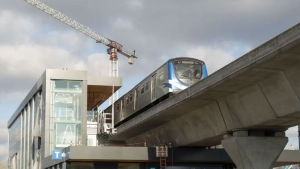
Recent Comments
comments for this post are closed